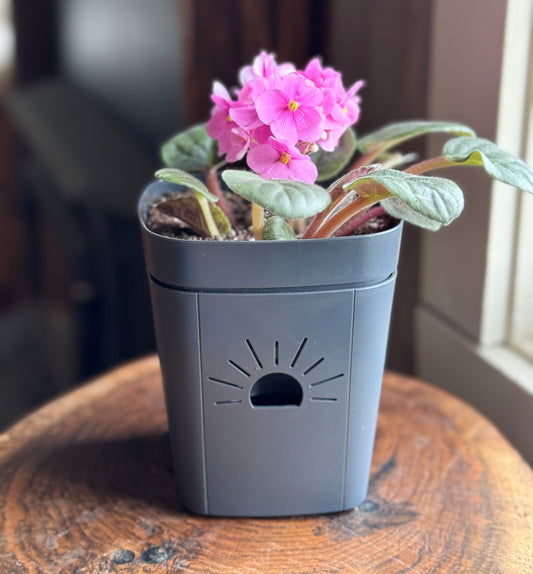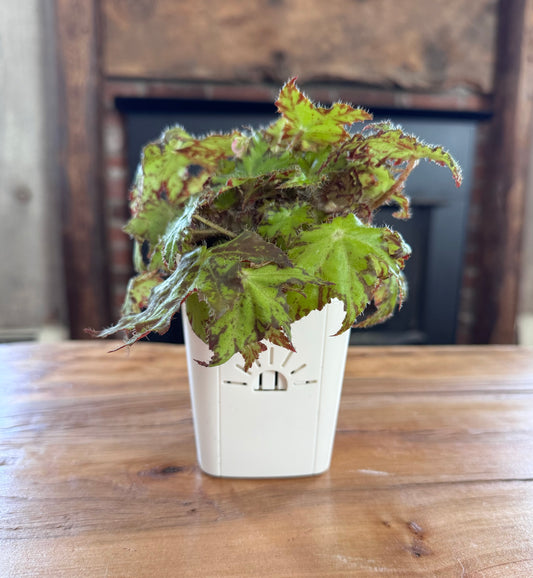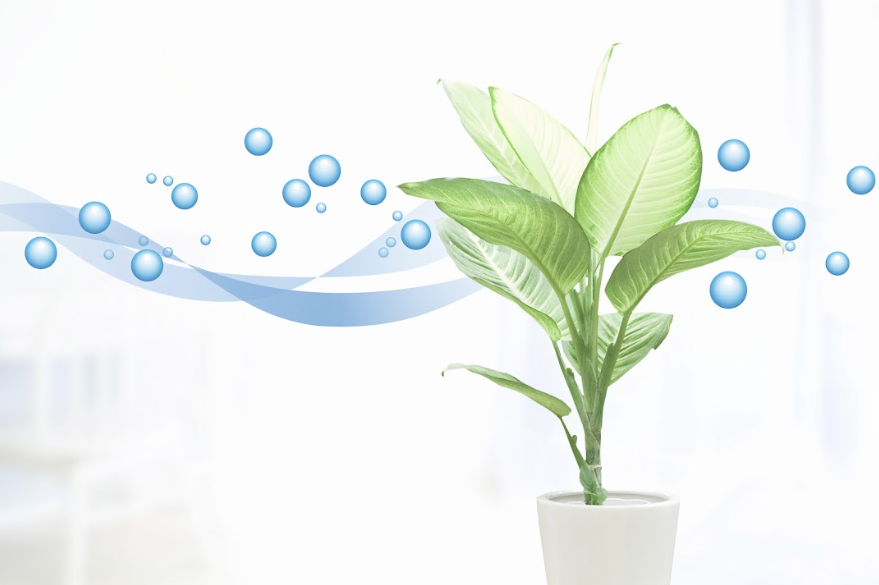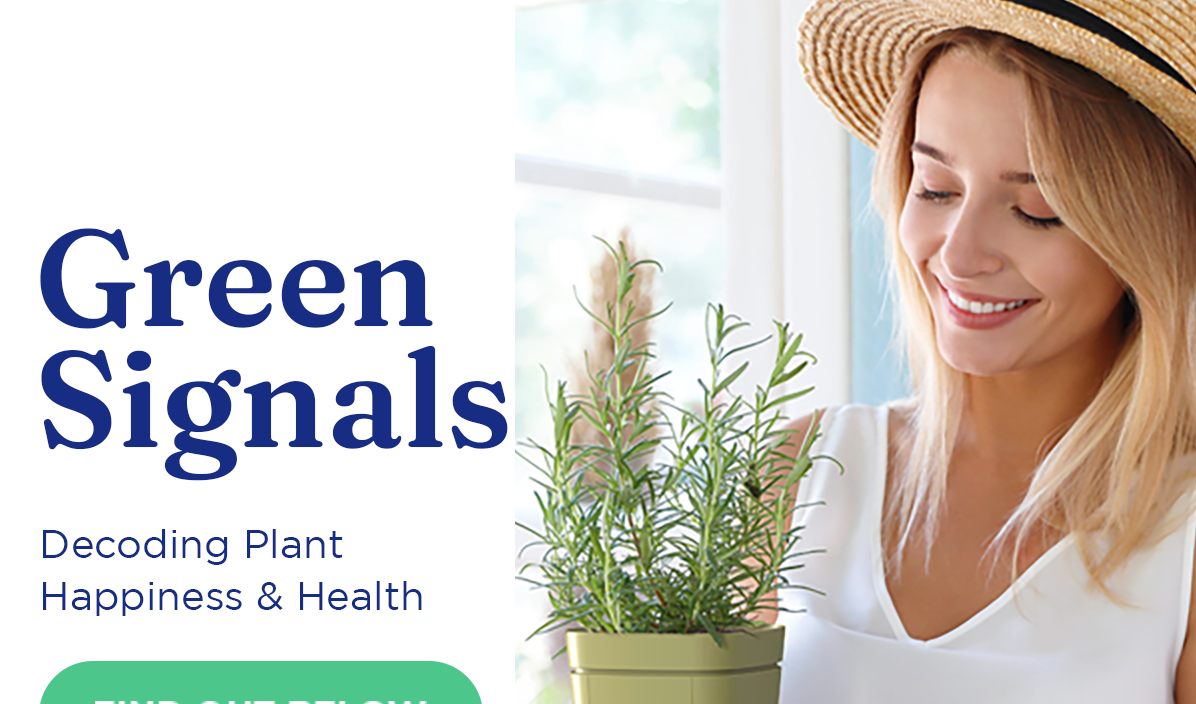Regular Inspection of Indoor Plants
When inspecting your houseplants, look for any signs of pests or diseases. Check the leaves, including the underside of the leaves. Inspect the soil, and make sure it's not overly wet or dry. Every plant has different moisture requirements, but a good rule of thumb is that if the soil is as wet as a squeezed-out sponge, it has enough moisture. Also, check that there aren't excessive salt deposits on the pot or the top of the soil from over-fertilizing, as this can cause plant stress. Make sure to look at the pot itself, too - checking for cracks that could damage root systems and prevent proper absorption of nutrients. Make sure roots are not growing out of the drainage holes, indicating a pot-bound plant. Finally, regularly prune off dead foliage to keep plants healthy and promote new growth! When roots cannot come into contact with air, they tend to grow in a restricted pattern. This type of growth causes them to become tangled or expand in a circular pattern inside the container. The plant struggles to get the water and nutrients it needs due to its damaged root system. This damage can result in wilting leaves or stunted growth. A well-branched root system with many feeder roots helps a plant absorb the necessary water and nutrients for better growth and health.How Often?
Weekly inspections are ideal or at least inspect your plants every time you water them. When you find a problem with one of your plants, remember to look over the surrounding plants as well. Many pests and diseases have adapted to travel from plant to plant in various ways. Mites, for instance, can latch onto small dust particles that float through the air, allowing them to move around quickly - even from one side of the room to the other! It is essential that you keep a close eye on all your plants so you can catch any problems early and take action if necessary.Why?
It is essential to spot any health issues with your houseplants quickly, as taking action at an early stage will make it much simpler to cure. Not regularly checking your plants could lead to severe issues that may be too late to fix. It is awful to discover a spider mite population that has cloaked your plants in webbing from head to toe. Problems like nutrient deficiencies and minor bug issues are easy to remedy early. A little fertilizer or a strong shower to knock off pests is usually enough to fix them. Unless, of course, you noticed it when it was in the advanced stages. Trying to catch problems early is the reason for houseplant inspections.What To Look For During Houseplant Inspections
Leaf Color- When inspecting a houseplant, you want to look for lush growth and vibrant green leaves. Pay attention to any wilting leaves or ones that are dry, brown, speckled, or yellow. These signs of distress can indicate the plant has been suffering due to too much or insufficient water, extreme temperatures, or—most importantly—a pest problem.
Bugs on Leaves - It is essential to thoroughly inspect the underside of the leaves for any signs of pests. Pay particular attention to any dark spots, tiny green flecks, or white bodies, as these may indicate the presence of insect activity. Aphids can be of various colors and may be small in size, so look out for anything that appears to move or crawl.
Dust on Leaves - Check that the leaves are not excessively dusty or discolored during your houseplant inspection. Not only do dirty leaves make your houseplant look unattractive, but dust can clog up the small leaf pores. These pores are responsible for the photosynthesis and respiration of the plant. Plants need clean leaves to breathe.
Leaf Scorch - If you notice the leaves are burning, your tender plant is likely receiving too much direct sun. You can solve this by moving it farther from the window or placing a sheer curtain between the plant and the glass.
Roots - Periodically lift the plant from the pot gently and peek at the roots. Are they mushy, brown, soft, or smelly? These are all signs of root rot. A root inspection is vital if you notice wilted leaves on a plant with wet soil. This scenario is one of the first symptoms of rotting roots.
Stems - When conducting a routine visual inspection of houseplants, be sure to examine the stems as well as the leaves. Pay special attention to the areas where the leaves join the stems, as this is a common area for insect infestations. If you spot any signs of scale (round brown insects with hard shells), take swift action to remove them, as they can be challenging to spot on some plants with brown stems.
Weak Growth - This is a sign that your plant has either incorrect lighting, not enough nutrients, or the root system is sitting in water too long.
Wilting- Most people think that wilted plants are thirsty, and sometimes that is the case. But all too often, wilted plants are telling you that they can't bring water up into the plant tissue because their roots are rotten. If you find a houseplant with moist soil and wilting leaves, do a root inspection pronto.
Soil Level - Ensure the soil is within 1-2 inches of the pot's rim. Too much soil can mean the plant was put into its pot too soon, while too little indicates it has outgrown its container. Excessive moisture or a lack of water, as well as incorrect transplanting, can all cause stress to the plant and make it more susceptible to insect infestations.
Under Pot - Take a moment to examine the bottom of your plant's pot. Check the drainage holes to make sure there is soil present, not roots. If you notice the latter, it is time to transplant it into a larger pot. To prevent having to do this often, opt for a pot with better air circulation, such as an air root pruning pot. Move your plant into a pot that is only two inches bigger than the previous one.
Pot Condition & Drainage When conducting a visual inspection of a houseplant, it's important to check the pot for any cracks and verify that it has drainage holes in the bottom. Good drainage and aeration are necessary to prevent root rot, houseplants' most common cause of death. You can also try using an air root pruning pot to encourage the growth of tiny feeder roots that can absorb moisture more easily.
Description of Common Houseplant Pests
Aphids- Aphids are small insects that may be black, green, or brown. If present, they will be found on the underside of leaves and can cause slow plant growth and warped or curled foliage.
Mites - Mights are light-colored arachnids that are quite tiny. You usually notice the webbing long before you notice the mite. The webbing is very hard to see. Using a flashlight can help. Mites cause yellow and distorted foliage.
Mealybugs - Mealybugs look like small, white, fluffy patches on the underside of leaves, stems, and nodes of houseplants. These pests can inhibit the plant's growth if left untreated.
Scale - Scale insects are brown and either round or oval. They live on the leaves and stems of the plant and suck the juice out. This results in stunted, poor growth.
Whitefly - Whiteflies look like small, white gnats. They feed on the youngest, most tender plant leaves and cause them to be yellow.
Thrips - Thrips are super small insects. When they are young, they are white. With age, they turn light tan and then dark brown. They eat both foliage and flowers and cause distortions in growth and color.
Fungus Gnats - These tiny flies infest the soil and feed on decomposing organic matter. If the larvae are present in large numbers, they can cause damage to the roots and stunt plant growth. They are also an incredible nuisance when flying around your face!
Description of Common Houseplant Diseases
Fungal Leaf Spot - Tiny fungal bodies often cause leaf spots. They create black dots on the leaf, sometimes so tiny you have to use a magnifying glass to see them. Remove the infected leaves at once and increase air circulation to dry out the foliage.
Bacterial Leaf Spot - The spots will appear to have a yellow halo around them and are most often caused by poor air circulation or getting too much water on the leaves.
Anthracnose - The fungi Gloeosporium and Collectrotrichum cause the tips of the leaves to turn yellow or brown. Eventually, the entire leaf will die. Remove the infected plant material and do not get the leaves wet or mist the plant.
Root Rot - Overwatering plants causes certain nasty fungi to wake up and wreak havoc on your plants, which travel through the water into the entire root system. The fungi are usually one of the following culprits: Rhizoctonia, Phytophthora, Botrytis, Pythium, or Alternaria. The symptoms include mushy, smelly roots, wilted foliage, and eventually dead plants. For a more detailed discussion on the solution to root rot, read our in-depth article on the subject.
Powdery Mildew - The fungus Oidium causes a powdery white growth on houseplants' foliage. It distorts development and causes leaves to drop off. Remove infected foliage, increase air circulation to all parts of the plant, including the roots, and avoid overly saturated soil.





 Verified Buyer
Verified Buyer








